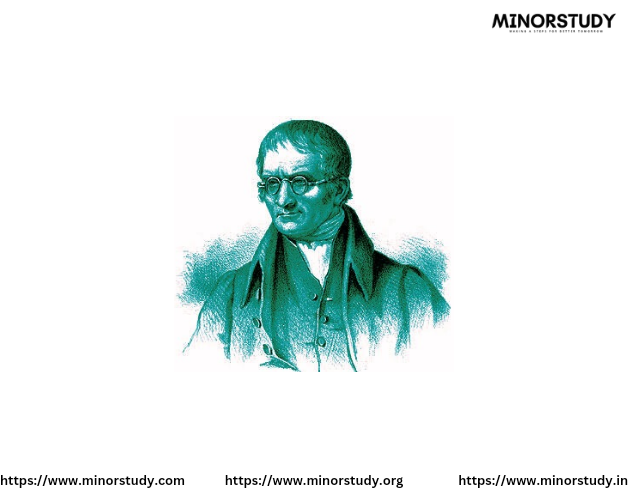Tu Youyou
- Minorstudy Web blogs
- Dec 6, 2024
- 3 min read

Tu Youyou (born December 30, 1930) is a Chinese pharmaceutical chemist and malariologist whose discovery of artemisinin, a compound used to treat malaria, has saved millions of lives worldwide. Tu was the first Chinese citizen to receive the Nobel Prize in Physiology or Medicine (2015), awarded for her groundbreaking work in traditional Chinese medicine combined with modern pharmacology.
Early Life and Education:
Born: December 30, 1930, in Ningbo, Zhejiang, China.
Tu studied pharmaceutical sciences at Peking University Medical School, where she trained in both Western medicine and traditional Chinese medicine.
After graduation, she focused on finding remedies for infectious diseases, which led her to blend modern science with ancient herbal practices.
Scientific Contributions:
1. Discovery of Artemisinin:
In the 1960s, malaria was a devastating disease, particularly in tropical regions. Conventional treatments like chloroquine and quinine were becoming less effective due to drug resistance.
As part of Project 523, a secret initiative by the Chinese government to find a cure for malaria, Tu led a team to investigate traditional Chinese herbal remedies.
By analyzing ancient Chinese medical texts, Tu identified sweet wormwood (Artemisia annua) as a potential treatment.
Through meticulous experimentation, she developed a low-temperature extraction method to isolate the active compound, which she named artemisinin. This compound showed remarkable efficacy against the malaria parasite in both animal and human trials.
2. Development of Artemisinin-Based Combination Therapies (ACTs):
Artemisinin became the foundation for ACTs, now the global standard for malaria treatment.
It is especially effective in reducing malaria mortality rates, particularly in Africa and Southeast Asia.
Challenges:
Tu and her team worked under difficult conditions, often lacking advanced research facilities and resources.
Her discovery was initially unrecognized internationally, and she faced challenges in gaining acceptance for her work.
Despite her critical role in isolating artemisinin, Tu did not patent her discovery, ensuring the treatment remained accessible to developing countries.
Recognition and Awards:
1. Nobel Prize in Physiology or Medicine (2015):
Shared with William C. Campbell and Satoshi Ōmura, Tu was honored for her role in the discovery of artemisinin.
She was the first Chinese citizen to receive a Nobel Prize in science.
2. Other Honors:
Lasker-DeBakey Clinical Medical Research Award (2011).
Multiple accolades from Chinese and international organizations recognizing her contributions to global health.
Legacy:
1. Impact on Global Health:
Artemisinin has been credited with saving millions of lives, particularly in malaria-endemic regions like sub-Saharan Africa and Southeast Asia.
Tu’s work marked a successful fusion of traditional medicine and modern scientific research.
2. Inspiration to Scientists:
As a woman in a male-dominated field, Tu overcame significant barriers and inspired a new generation of scientists, particularly in China and among women in STEM fields.
3. Advancements in Drug Discovery:
Tu’s innovative methods have influenced the search for other plant-based medicines.
Interesting Facts:
Tu’s name, "Youyou," was inspired by a quote from the ancient Chinese text The Book of Songs.
She has often been referred to as the "Three Noes Scientist" because she had no postgraduate degree, no study abroad experience, and was not a member of the Chinese Academy of Sciences when she made her groundbreaking discovery.
Quotes:
"Artemisinin is a gift from traditional Chinese medicine to the world."
"Every scientist dreams of doing something that can help the world."
Significance:
Tu Youyou’s work transcends scientific discovery; it represents the power of integrating ancient wisdom with modern research to solve pressing global health challenges. Her contributions have not only transformed malaria treatment but have also highlighted the value of traditional medicine in modern drug discovery.











Comments